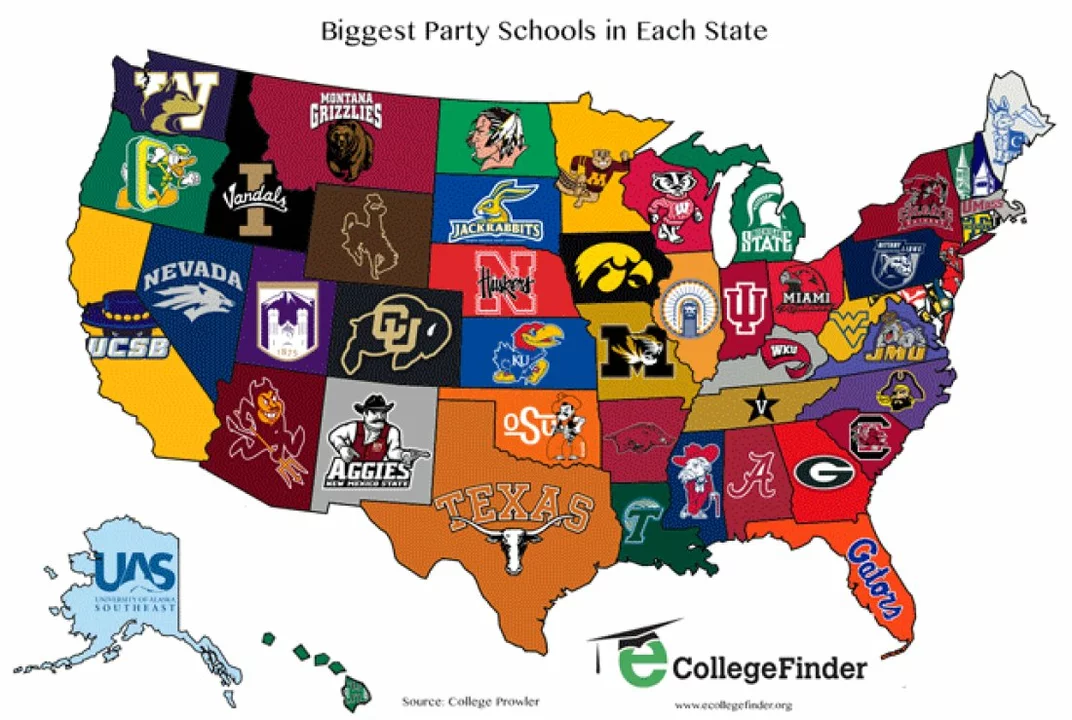Rankings: How They Shape Sports, Teams and Players
When you hear the word Rankings, a systematic list that orders items by performance, popularity, or other measurable criteria. Also called standings, rankings give fans a quick snapshot of who’s on top and who’s falling behind. They’re not just numbers on a screen – they drive rivalries, influence contracts, and even affect where sponsors put their money.
One major branch is Sports Rankings, lists that compare athletes, teams or events across a season. These rankings often combine win‑loss records, point differentials and strength of schedule. Another key type is the College Football Playoff Ranking, a committee‑generated hierarchy that decides the four teams entering the national championship. Unlike simple win totals, this ranking weighs conference titles, head‑to‑head results and quality wins. Then there’s the NFL Rankings, weekly assessments of team performance based on statistics, injuries and recent form, which help fantasy players and bettors gauge strengths and weaknesses.
Why Rankings Matter to Fans and Professionals
Rankings encompass performance metrics (like points scored), historical data (past season results) and subjective analysis (expert opinions). They require reliable data collection, clear criteria, and often a transparent voting or algorithmic process. Because they blend objective stats with human judgment, rankings can spark heated debates – think the endless chatter about who deserves the top spot in the latest college football poll. At the same time, they influence real‑world decisions: a team’s draft position, a player’s endorsement deals, and even a city’s chances of landing a major sporting event.
For coaches, rankings act as a benchmark. If a squad slips from a top‑five spot, the pressure mounts to adjust tactics or line‑ups. For fans, they fuel excitement; a sudden rise in a favorite’s rank feels like a personal win, while a drop can ignite passionate commentary on social media. Media outlets leverage rankings to craft stories, highlight underdogs, and predict future outcomes, turning raw numbers into compelling narratives.
When you combine these ideas, a clear semantic picture emerges: Rankings encompass performance metrics, require data analysis, and influence fan engagement. This trio of connections explains why the term shows up across news, analysis pieces and discussion forums.
Our collection below reflects the broad reach of rankings. You’ll find pieces on how activist groups measured impact, the way TV shows are graded by audiences, deep‑fake scams that fooled ranking algorithms, and of course, multiple takes on sports rankings – from NFL power‑rankings to college football playoff debates. Each article shows a different angle of how lists and hierarchies shape opinions and outcomes.
Ready to see rankings in action? Below you’ll discover a range of stories that illustrate the power, the controversy, and the real‑world effects of ranking systems across sport and beyond. Dive in and see how numbers turn into narratives.

Which U.S. states have the most professional sports teams?
As a sports enthusiast, I recently looked into which U.S. states have the most professional sports teams. It turns out that California leads the pack with 16 major league teams across various sports such as football, basketball, baseball, and hockey. New York and Texas follow closely behind, boasting 11 and 10 teams respectively. Interestingly, the East Coast seems to have a higher concentration of professional sports teams compared to other regions. With such a diverse selection of teams, fans in these states are certainly spoiled for choice when it comes to supporting their favorite sport!
Read More


